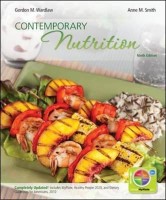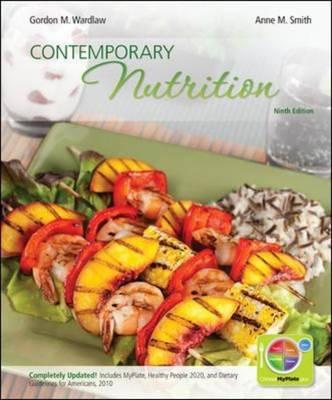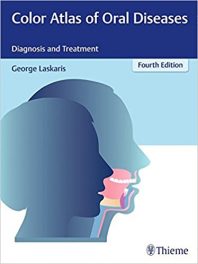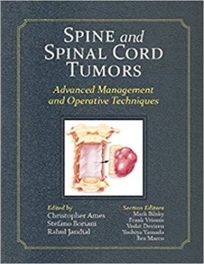 Authors: Gordon M. Wardlaw and Anne M. Smith
Authors: Gordon M. Wardlaw and Anne M. Smith
Publisher: McGraw-Hill – 655 pages
Book Review by: Laxmi Chaandi
A lot of online resources are made available to you at: http://connect.mcgraw-hill.com to enable you (students and teachers) to benefit from numerous resources.
In today’s world, bodies of knowledge are quickly expanding, so it makes sense to find the latest data and information on topics covered in this book from online resources available on the above-named website.
Here are some specific ways you can benefit by going to the above-mentioned web address:
- Save time with auto-graded assessments and tutorials
- Gather assessment information
If you are an instructor, you can
- Use Presentation Tools to: customize your lectures, particularly: a) Enhanced Lecture Presentations; b) Editable Art, c) Animations; and d) Animation PPTs
- Take your course online – easily and quickly with one-click Digital Lecture Capture
If you are a student, you can:
- Access content anywhere, anytime, with a customizable interactive eBook
- Avail of McGraw-Hill’s LearnSmart: A Diagnostic, Adaptive Learning System.
- Use Self-Study resources available at: www.mhhe.com/wardlawcont9.
These are some of the objectives of McGraw Hill and the authors to enable instructors to help their students to derive even more benefits from this book:
- Connecting today’s students to tomorrow’s nutrition, by a) Understanding our audience; and b) Featuring the latest guidelines and research
- Connecting with a Personal Focus by: a) Applying nutrition on a personal level and b) Challenging students to think critically
- Making visual connections through attractive, accurate artwork including more than 1,000 drawings, photographs, and tables in this text that were critically analyzed to identify how each could be enhanced and refined to help students more easily master complex scientific concepts
- Connections that suit your needs, such as these features: a) Life Simplified; b) Deep Integration; c) No more manual synching; and d) A solution for everyone, even if your institution is not using Blackboard.
A brief overview of the contents of this print or physical book is found from the titles of five main Parts of this book:
- Nutrition: A Key to Health
- Energy Nutrients and Energy Balance
- Vitamins, Minerals and Water
- Nutrition: Beyond the Nutrients
- Nutrition: A Focus on Life Stages
This book covers an extensive range of topics in its 16 chapters spread on 655 pages. In addition to that, the book has nine Appendices, a Glossary, Credits and an Index.
Among the topics you can learn about are: choosing what you eat and why; guidelines for developing healthy meal plans; how the human body works with regards to food intake; the critical roles played by carbohydrates, lipids, minerals, proteins and water in developing a healthy body; and the importance of exercise and sports for fitness and energy.
Eating disorders and undernutrition throughout the world; and safety of our food supply is also covered in this book. Also, you will find entire chapters on pregnancy and breastfeeding; and nutrition through the years of infancy to adolescence to adulthood.
Objective-oriented organization of materials in all the chapters is evident from simply glancing through the first page of the first chapter of this colorfully well-illustrated book. You will find on the first page, a Chapter Outline on the left column; Student Learning Outcomes presented on the right, and just below it, a What Would You Choose? section.
The many topics of discussion are then presented. Among the study aids you will find in the chapters are: charts; comic strips; figures, maps; photos with captions; nutrition labels as found on grocery products; and tables.
You will find interesting background-color text boxes such as Critical Thinking, Concept Check, Making Decisions, Newsworthy Nutrition, and simple definitions of key words used in health and nutrition. These colorful text books serve to break up the monotony of the main text in while and help aid in “digesting” small chunks of information.
Towards the end of each chapter, you will find these sections to further enhance your learning and especially, your retention of the material you learned: Summary; Check Your Knowledge; Study Questions; What Would You Choose Recommendations; Further Readings and Rate Your Plate.
In summary, the material in this book has been exceptionally well presented to make for effective learning. The authors – Dr. Wardlaw and Dr. Smith – have done a really marvelous job. Our hearty congratulations to them.
Gordon M. Wardlaw, PhD is affiliated with the College of Education and Human Ecology at Ohio State University. He has taught introductory nutrition courses to students in the Department of Human Nutrition at Ohio State and other colleges and universities. He has written many articles that have appeared in nutrition, biology, physiology and biochemistry journals. He was the recipient in 1985 of the American Dietetic Association’s Mary P. Huddleston Award.
Anne M. Smith, PhD, RD, LD currently teachers nutrition majors and nonmajors at Ohio State University, She was the recipient in 1995 of the Outstanding Teacher Award from the College of Human Ecology. She is director of the Didactic Program in Dietetics in the Department of Nutrition at Ohio State. She received in 2008 the Outstanding Dietetic Educator Award from the Ohio Dietetic Association and the 1998 Emerging Dietetic Leader Award from that organization.






